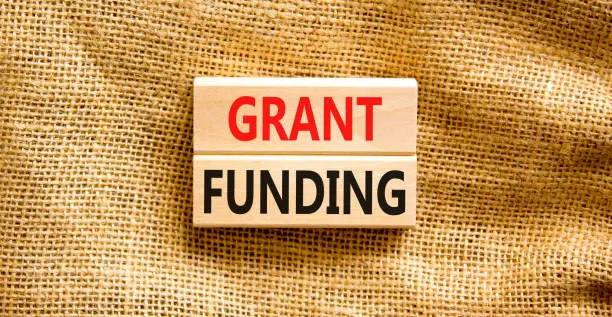Multi-year grants and funding strategies are critical for organizations looking to secure long-term support for their programs and initiatives.
They provide a more predictable and stable source of funding, which can help organizations plan and execute projects more effectively.
However, securing multi-year grants and funding can be a complex and competitive process, requiring careful planning and execution.
In this article, we will explore the key elements of a successful multi-year funding strategy and provide practical examples to illustrate each point.
-
Define your funding needs:
The first step in developing a successful multi-year funding strategy is to identify your organization’s funding needs. This will help you determine the type of funding you need, how much funding you require, and over what period of time.
For example, a non-profit organization working to improve access to clean water in rural communities might need funding to cover the costs of drilling wells, installing water pumps, and training local technicians. This funding might need to be secured over a period of three to five years to ensure the sustainability of the program.
-
Develop a strong case for support:
Once you have identified your funding needs, you need to develop a strong case for support. This is a document that outlines the problem you are trying to solve, the solution you are offering, the impact your organization will have, and the need for funding.
Your case for support should be well-researched and well-written, and it should be tailored to the specific needs and priorities of each funding source you are targeting.
For example, a case for support for a program to improve access to clean water might include information on the current water scarcity problem, the health impacts of contaminated water, and the benefits of providing access to clean water to rural communities.
-
Identify potential funding sources:
Once you have developed your case for support, the next step is to identify potential funding sources. This may include government agencies, foundations, corporations, individual donors, and other organizations.
When identifying potential funding sources, it’s important to research their funding priorities, the types of projects they typically support, and their funding timelines.
For example, a non-profit organization working to improve access to clean water might consider applying for grants from foundations focused on global health and development, corporations with a commitment to sustainability and corporate social responsibility, and government agencies responsible for water and sanitation programs.
-
Develop a funding proposal:
Once you have identified potential funding sources, the next step is to develop a funding proposal. A funding proposal is a document that outlines your organization’s funding request and provides more detailed information on your program or initiative.
Your funding proposal should include a clear and concise summary of your organization’s mission, the problem you are trying to solve, the solution you are offering, the impact your organization will have, and the need for funding. It should also include a detailed budget that outlines how the funding will be used, a timeline for the program or initiative, and any relevant attachments or appendices.
For example, a funding proposal for a program to improve access to clean water might include a detailed budget for drilling wells, installing water pumps, and training local technicians, as well as a timeline for the program and letters of support from local partners and community leaders.
-
Build relationships with funding sources:
Building relationships with funding sources is critical to the success of your multi-year funding strategy. This means establishing and maintaining regular communication with funding sources, providing updates on your program or initiative, and seeking their input and feedback.
It’s also important to build relationships with other organizations working in your field, as they may have valuable insights and connections to funding sources.
For example, a non-profit organization working to improve access to clean water might reach out to local partners, community leaders, and other organizations working in the water and sanitation sector to build a network of support and identify potential funding sources.
-
Monitor and evaluate your progress:
Monitoring and evaluating your progress is critical to the success of your multi-year funding strategy. This means regularly tracking your progress against your goals and targets, and making any necessary adjustments to your program or initiative.
It’s also important to regularly report on your progress to your funding sources, as this will help you maintain their support and build their trust in your organization.
For example, a non-profit organization working to improve access to clean water might conduct regular surveys to assess the impact of the program and provide regular reports to funding sources on the number of wells drilled, the number of water pumps installed, and the number of people accessing clean water.
-
Be flexible and adaptable:
Finally, it’s important to be flexible and adaptable in your approach to multi-year funding. This means being open to new ideas and opportunities, and being willing to adjust your program or initiative as needed.
For example, a non-profit organization working to improve access to clean water might find that a new technology or approach becomes available that could significantly improve the impact of the program. Being flexible and adaptable would allow the organization to embrace this new opportunity and make the necessary changes to their program.
Conclusion:
By following these key steps listed above, organizations can develop a successful multi-year funding strategy and secure the support they need to achieve their goals.







Можеда промените вашия избор по всяко време.
Забележките и историческите обектив Турция
са впечатляващи – от древния град Ефес до подземните градове в Кападокия и
величествената Света София в Истанбул.
Ден след ден се убеждаваме, че процесът по SEO оптимизация
в Googe трябва да се прави постоянно, непрекъснато и през целия живот на сайта ти!
Чрез бутона “Настройки” може да направите специфичен избор,
като приемете някои категории бисквитки
и откажете използването на други.